25 Package Design Trends for 2018
January 11, 2018 - by Taylor GetlerIn today’s fast-paced digital world, trends evolve at breakneck speeds. Whether spurred by technology or shifting social preferences, designers need to pay attention to how package design trends are changing the game.
Here are our picks for the top 25 package design trends you’ll see in 2018 and beyond.
1) Dramatic Callouts
Brands are responding to consumer attention by highlighting dramatic callouts on their products. Think: prominent, pared-down ingredients lists or large calorie callouts.
For example, when RXBAR changed their packaging to the iconic ingredients listing that’s still in use today, their profits skyrocketed, so much so that the redesign is often used as a case study for the power of good design.
Halo Top ice cream had a similar experience. Their large calorie callout has inspired many copycats and set a trend that expanded even beyond its own category. The new design catapulted them into a leadership role among frozen dessert brands. 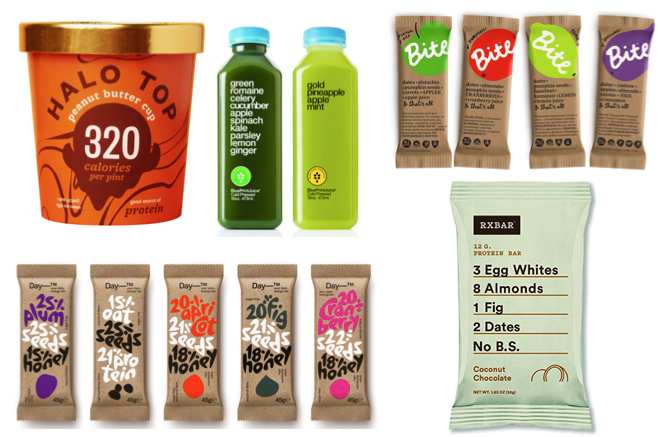
2) Personalized Design
With brands constantly searching for new ways personalize products, packaging that lets the consumer have a unique experience has seen an uptick in popularity. Digital printing technologies are getting more sophisticated and while we have already seen high-profile brands like Nutella and Coca-Cola using these in campaigns, 2018 will see smaller brands starting to adopt these package design trends in their design, as well.
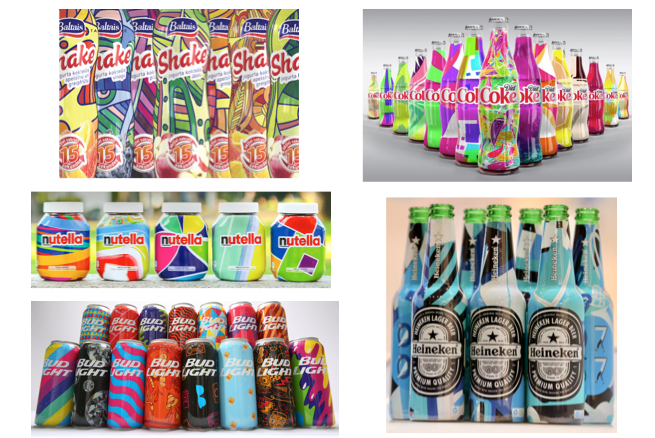
3) The (Continued) Evolution of Private Label
Long gone are the days of private label brands presenting themselves merely as affordable alternatives to national brands. Over the past year, stores invested in significantly increasing the quality of their private label brands, and packaging is reflecting this change. This comes after years of growing competition from popular retailers such as Aldi and Trader Joe’s, which sell predominantly private label goods.

4) Colors That Yell
Brand attempting to appear youthful and bold have increasingly used multiple, bright – and sometimes clashing – colors on their packaging to help them stand out. This is also effective for strengthening brand recall.
But it may be time to retire your color wheels for the time being. This package design trend has saturated the market over the past few years and is now at risk of becoming tired and overdone.
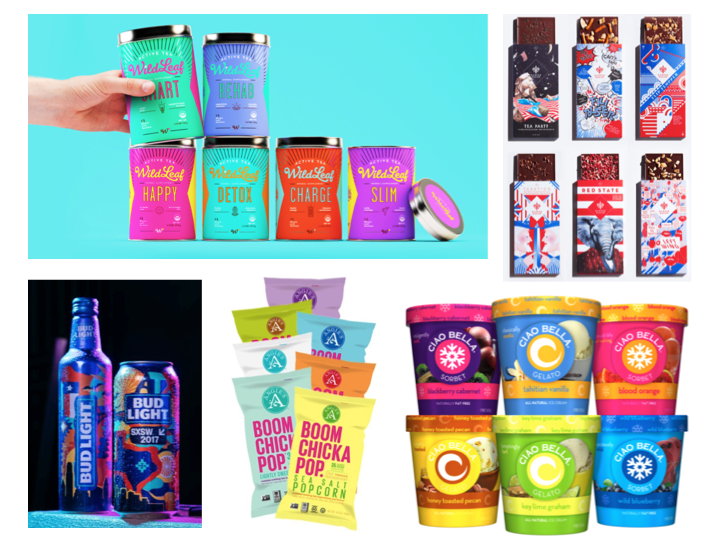
5) Visual Storytelling
We know what an incredibly effective tool storytelling can be in packaging. That trend clearly emerged last year. But in 2018, even more visual elements will be incorporated in the branding and packaging industries, building a narrative for the brand to connect with the consumer in an emotional way.
We also may see a marriage of narrative storytelling and the digital infographics trend, as infographics are often used to convey information in a way that provokes increased engagement.

6) Social Tie-Ins
When it comes to social media platforms, what’s in – and what’s out – is constantly evolving. But social media as a whole isn’t going away anytime soon. Brands that want to stay at the forefront of young consumers’ minds will need to keep up with this important component of modern social life. Some platforms — such as Snapchat — have built-in interactivity, which can make for more creative and interest-grabbing campaigns.
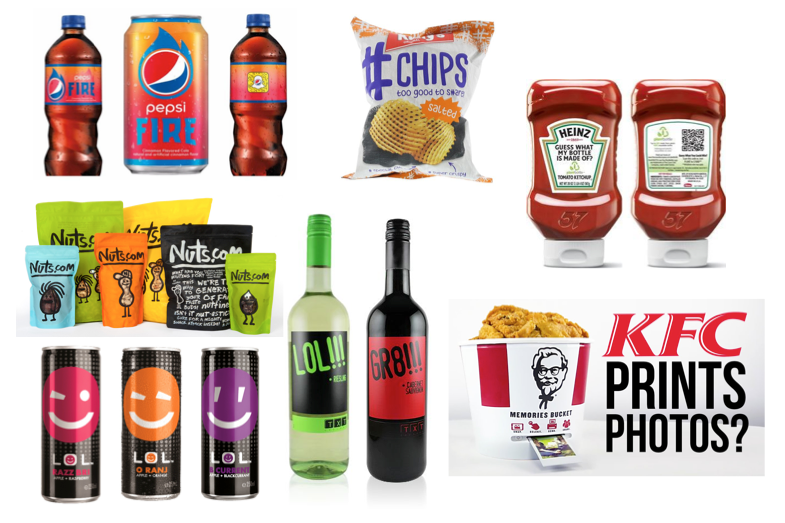
7) Going Back to the Source
In recent years, consumers have placed increased importance on fair trade, ethically-sourced and produced products, and are increasingly valuing products that allow them to feel like they can trust the ingredients in their food.
This isn’t going anywhere in 2018, as consumers are also becoming more aware of social issues, particularly the plight of farmworkers. Brands that make a point to highlight these issues have an opportunity to build up their public goodwill.
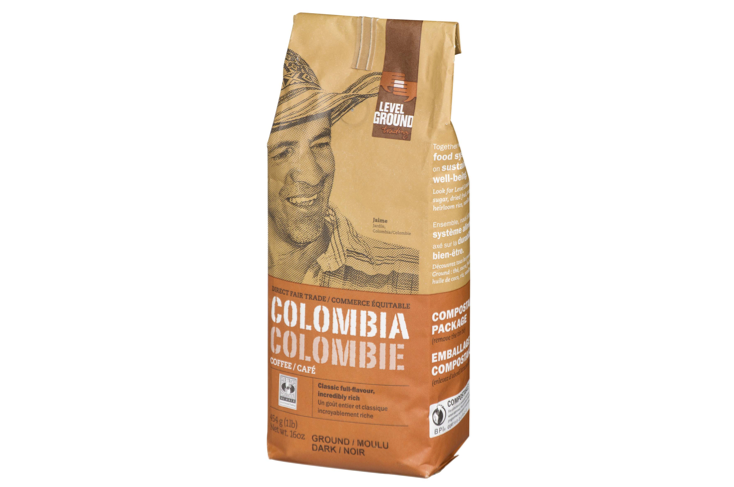
8) “Clean Labeling”
Buzzwords that indicate health and BFY continue to be important to consumers in 2018. But as the trend grows more popular, the lack of standardized visual direction and industry-accepted icons becomes a bigger, more confusing problem. If brands want to retain consumer trust, they need to start unifying the language and symbols used.
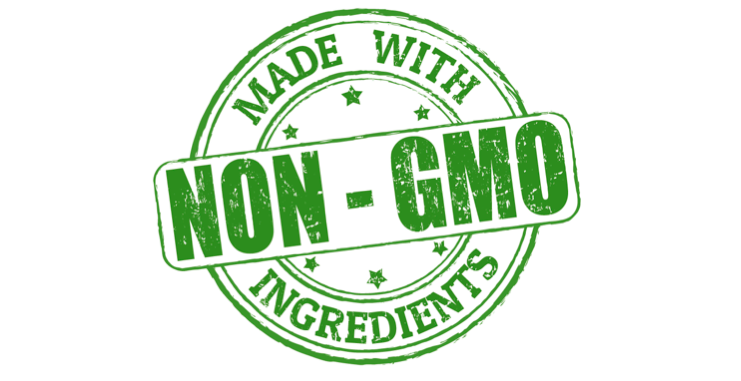
9) Less Packaging Where it Is Not Necessary
Consumers have expressed outrage over wasteful grocery options like pre-peeled oranges and pre-halved avocados. In order to avoid Internet scorn, produce brands need to let their products retain the packaging that nature gave them. They also need to be more thoughtful about substrates and the volume of packaging that they use. Beware: pre-packaged salads that separately bag vegetables, toppings, and dressing may soon face scrutiny.
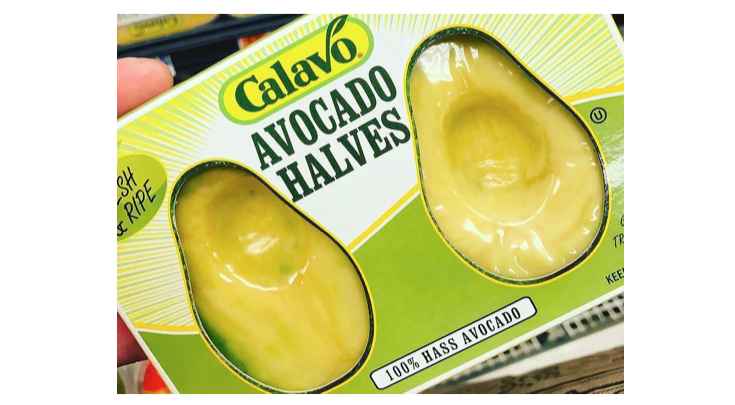
10) Brands with Heart
While charitable giving has long been a sexy brand marketing tool, we will see more and more cases where giving back is at the center of the brand itself and the focal point of the packaging’s communication this year.
A great example to look at is The Soulfull Project, which prominently displays the tagline “You Buy One, We Give One.” We’ll see even more brands embracing their philanthropic side in 2018.
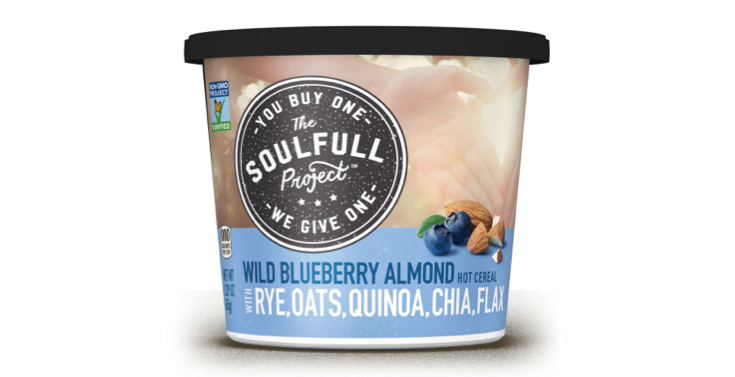
11) Innovative Eco-Friendly Packaging
Consumers have been demanding eco-friendly packaging for years, and brands have recently begun looking to interesting new resources for raw materials. This year will see more packaging like that of Clicquot wine, which uses grape skins in its biodegradable secondary packaging. By incorporating waste from the product itself, Clicquot added an extra dimension of interest to its packaging.
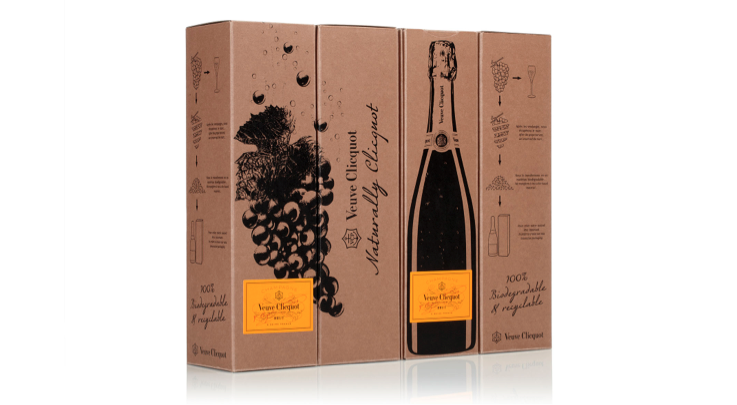
12) “Smart” Packaging
No surprise here. The Internet of Things is extending to packaging. Technology will play into package design in all sorts of innovative ways in 2018 and beyond, from smartphone-readable time temperature sensors on perishable goods to the implementation of printable electronics that create displays, emit light, and record information.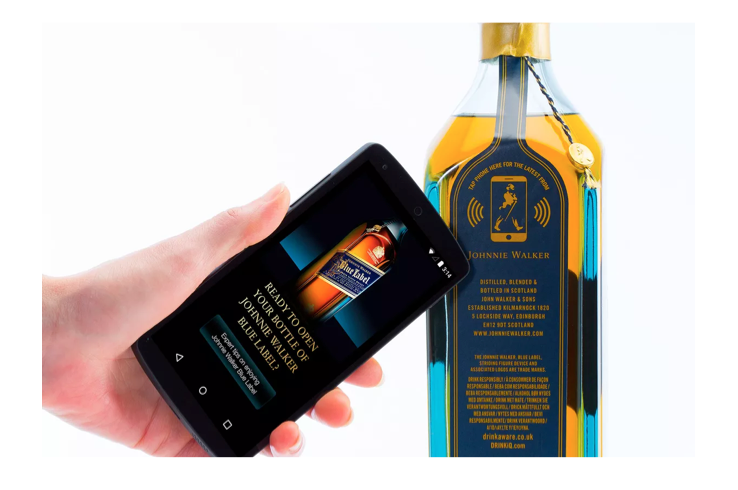
13) Augmented Reality
More brands will use augmented reality (AR) smartphone technology to elevate their design in ways that cannot be replicated on flat packaging. Last summer saw the releases of ARKit and ARCore, Apple and Google’s respective developer tools that opened up AR capabilities to iPhone and Android users.
The iPhones 8 and X were also designed to be optimized and calibrated for AR, which will help brands navigate the hardware issues that have historically held them back from offering real value through augmented reality.
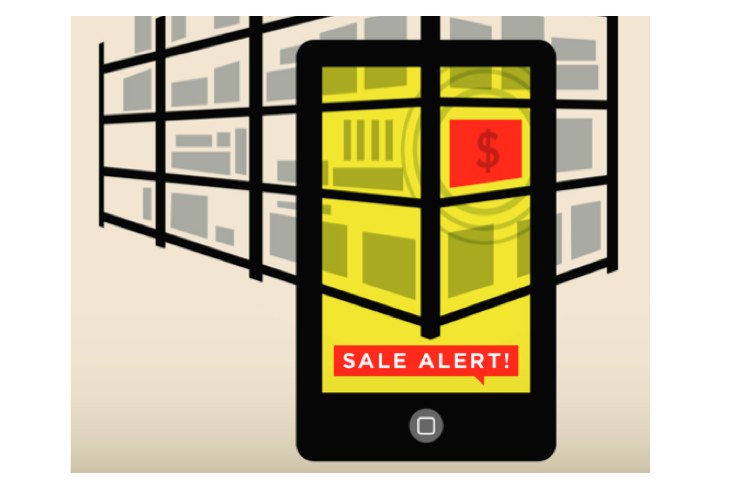
14) Seasonal and Limited Edition Packaging
Thanks to the progression of digital printing capabilities, it is more economical for brands to do short runs for limited edition packaging. This opens up possibilities for holiday packaging and for more experimental packaging that responds to current events, like Snapple’s 2016 election-themed label design.
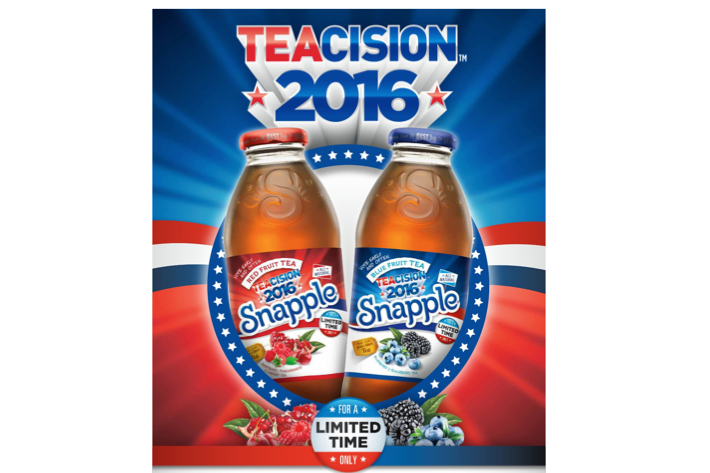
15) Points of Discovery
In 2018, brands will use points of discovery and hidden elements in design to surprise and delight customers. This trend has deep roots. Arguably, it started with Snapple putting fun facts on their lids, but has now progressed to a more sophisticated and unexpected level.
Social media and the internet have also played major roles in the growing importance of the unboxing experience, as emphasized by the enormous popularity of unboxing videos on YouTube.
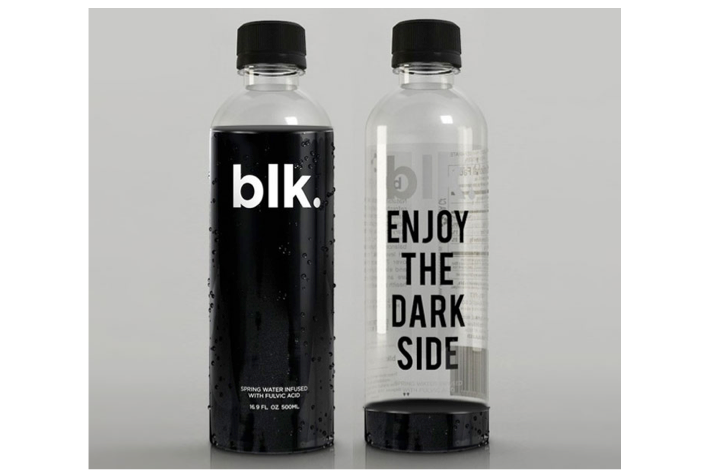
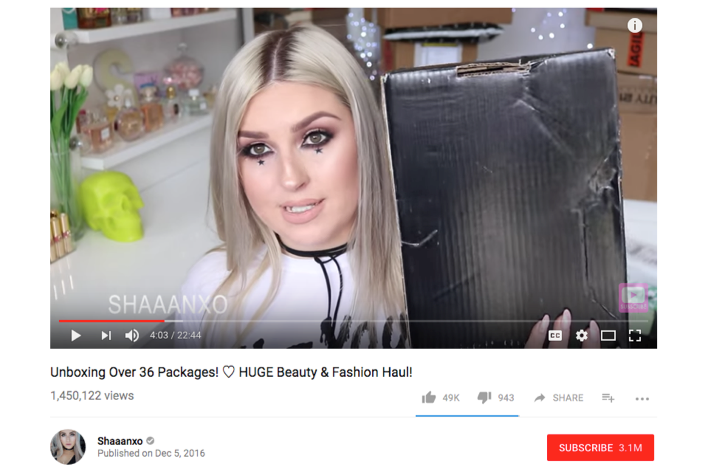
16) Modern-Retro
Last year saw both new brand launches and brand redesigns that blended modern and retro design elements. Think Chobani’s somewhat divisive redesign that debuted at the end of last year, which harkens back to the groovy 70’s. This package design trend is a way for brands to take an aesthetic risk with designs that have already proved to be successful during another time period.
This approach also plays into consumers’ love of nostalgia. With the current influx of TV reboots of decades-old series like One Day at a Time, The Greatest American Hero, Murphy Brown, and Roseanne, nostalgia seems to be a driving cultural force in 2018. 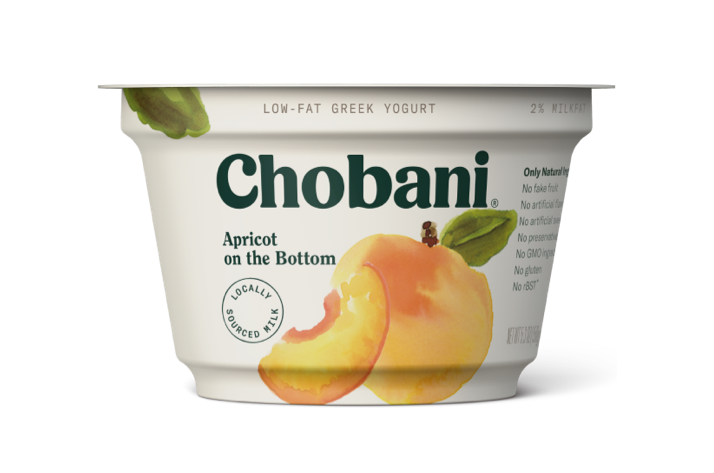
17) Gradients
Putting it simply, gradients are making a comeback. They add volume and give designers the opportunity to make bold pairings that allow the packaging to really stand out on the shelf. Playing off the modern-retro trend, gradients are just the kind of old-school design that works in 2018.
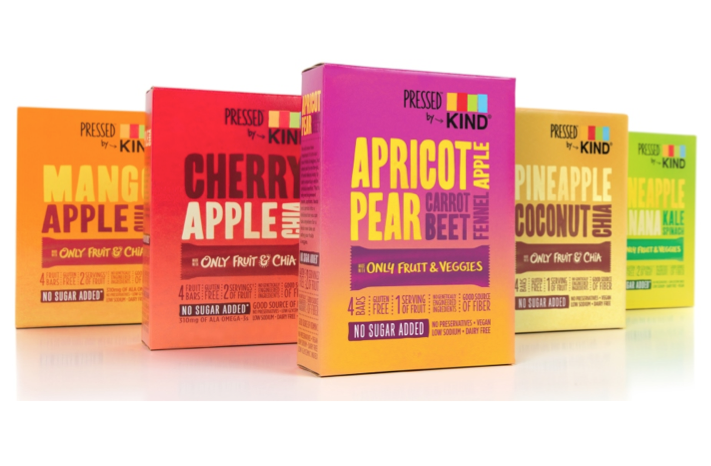
18) Meal Prep
The 2018 consumer is very conscious of how their meals fit into their lives in terms of health, time, wastefulness, and cost. As a result, preparing meals days in advance, also called meal prep, has become wildly popular, and we are now seeing packaging designed with this trend in mind. The freezer is increasingly losing out to the refrigerator as consumers (particularly millennials) favor fresh ingredients and more nutritious meals. Brands need to adapt to this shift.
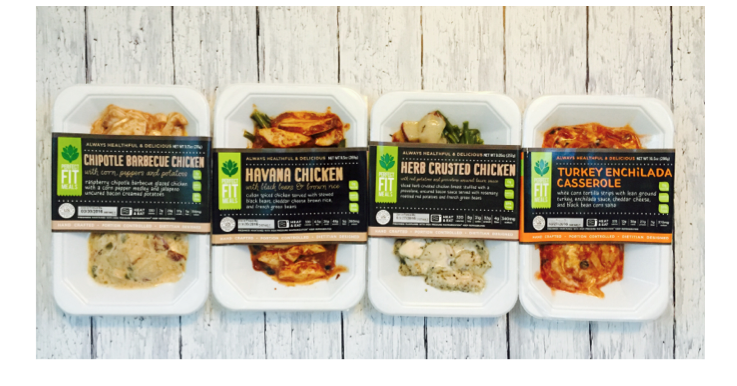
19) More On-The-Go
On-the-go options have been around forever, but as consumers attempt to introduce healthier options into their busy lives, we are seeing some unusual on-the-go choices. For example, the single-serving pouch of olive oil from Bellucci, intended for packed lunches and snacking.
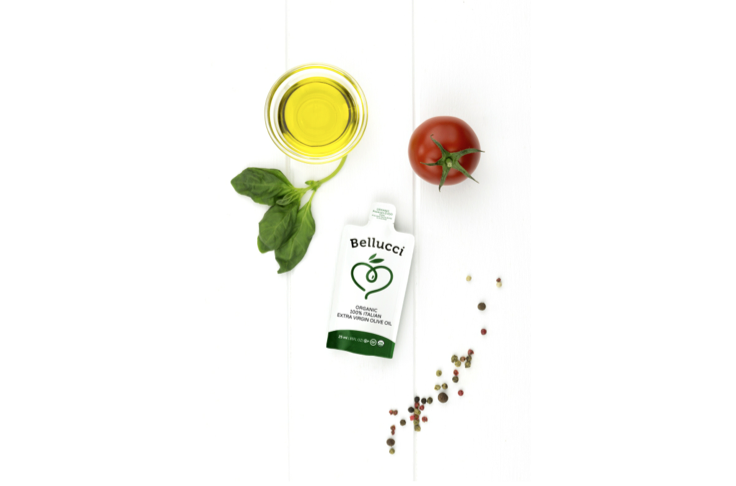
20) Packaging for Shipping
As consumers become more comfortable with buying online and brands feel the pressure to compete with subscription boxes and e-commerce platforms, packaging is going to be increasingly designed with shipping in mind.Garçon Wines, for example, has designed their bottles with flat sides to more conveniently fit in a mailbox.
The implications of this trend extend beyond structural design. Material selection is an important factor as well, as some brands are moving away from heavy or fragile materials in favor of sturdy, lightweight alternatives.
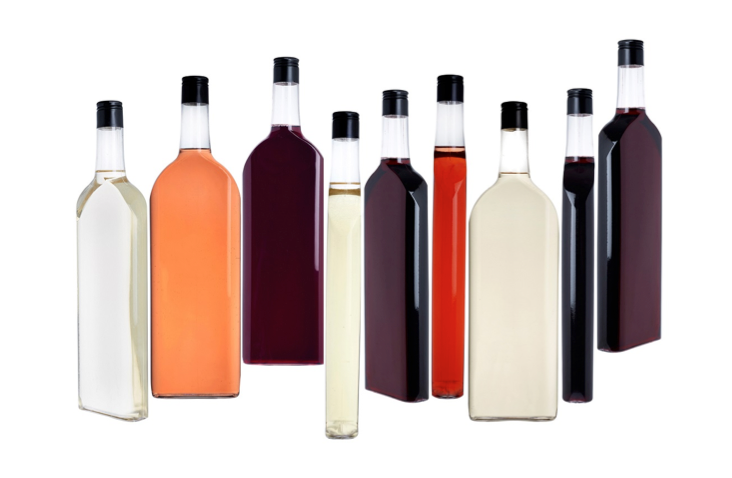
21) Miniaturization
Miniaturization is a path for brands to satisfy consumers that want portion control without fundamentally altering the product or its ingredients. It also supports the growing trend of designing for on-the-go shoppers. A great example of this is Kleenex, which created a tube-shaped pack of tissues that fits perfectly in a cupholder.
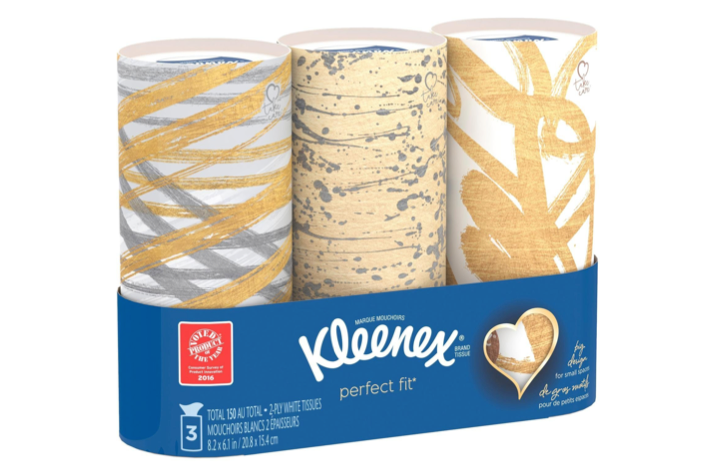
22) Individual Servings
With health and wellness being such a massive force in modern food and beverage – along with more people living alone – it makes sense for food and beverage producers that traditionally sell bulk goods to scale back and offer single-serving options. This is especially true of indulgent categories like wine. The wine industry has demonstrated that smaller portions can allow for interesting packaging innovation. For example, Giuliana Rancic’s wine brand XO, G comes packaged in reusable stemless wineglasses.
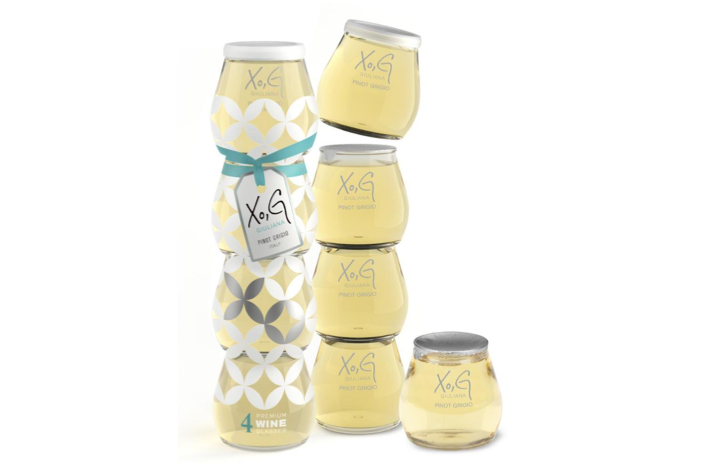
23) More Sophisticated Childproofing in the Age of Legal Cannabis
Cannabis is one of the fastest growing industries in the U.S., and its popularity has necessitated enhancements in childproof packaging. As this enormously profitable industry expands and evolves, further innovation is to be expected in 2018, and many of those innovations may find themselves in other food categories.
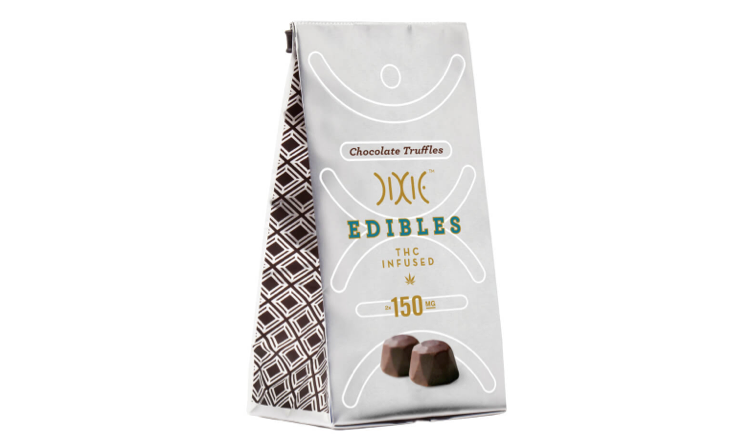
24) Recycling
Scary statistics about waste and plastic production have fueled consumer demand for both packaging and food products made from recycled materials. Sir Kensington’s, for example, is using the leftover liquid from cooking chickpeas as a key ingredient in their “vegan mayo.”
As manufacturers find new ways of creating eco-friendly goods, package designers will be tasked with the challenge of communicating such innovation in a way that is both concise and appetizing.
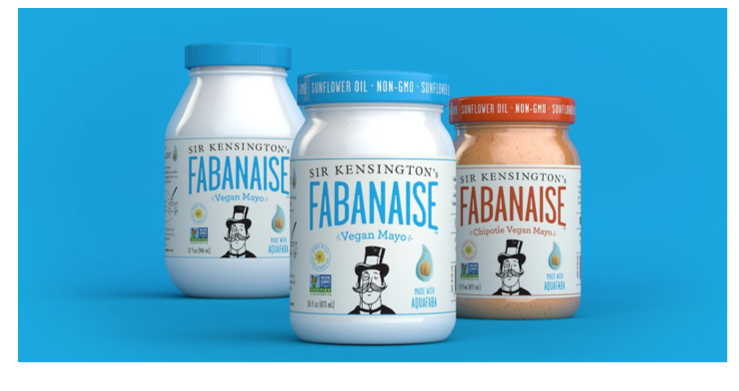
25) Minimalism – Duh
We know that it’s obvious, but we would be remiss not to mention that the minimalist package design trend is still going strong. Brandless, an online market where every product features very minimal design and sells for $3, was frequently discussed in 2017 and managed to raise a lot of capital. Brands will be watching to see how it does, and if Brandless manages to be successful, we can expect others to double down on minimalism. 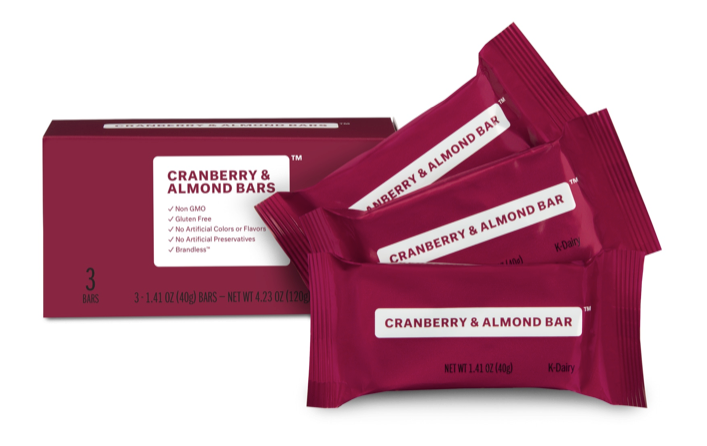
- < Previous Creatively Extending Brands with Cookies and Coffee
- Next > Packaging Inspiration from Other Design Mediums




